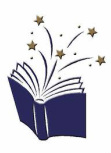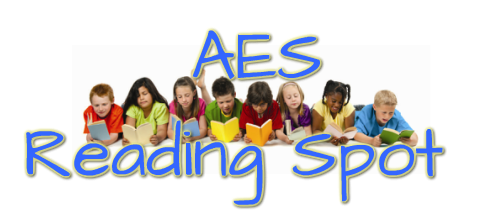GUIDED READING: Practice and Assessment

Guided reading is a teaching approach designed to help individual readers build an effective system for processing a variety of increasingly challenging texts over time.
Guided reading is not an exercise to practice reading skills. It is research-based, professionally energized, highly targeted, scaffolded reading instruction that propels all students toward confident, independent reading of high quality grade level books across a diverse array of literature and informational genres. Reading well means reading with deep, high quality comprehension and gaining maximum insight or knowledge from each source.
Using benchmark assessments quarterly or other systematic observation, the instructional reading level of each student is determined. The teacher forms a temporary group of students that are alike enough in their development of a reading process that it makes sense to teach them together for a period of time. In selecting a text for the group, the teacher uses the level designation; thinks about the strengths, needs, and background knowledge of the group; and analyzes the individual text for opportunities to support students' successful engagement with the meaning, language, and print of the text. The teacher uses the text to help the children expand what they know how to do as readers.
Guided reading is not an exercise to practice reading skills. It is research-based, professionally energized, highly targeted, scaffolded reading instruction that propels all students toward confident, independent reading of high quality grade level books across a diverse array of literature and informational genres. Reading well means reading with deep, high quality comprehension and gaining maximum insight or knowledge from each source.
Using benchmark assessments quarterly or other systematic observation, the instructional reading level of each student is determined. The teacher forms a temporary group of students that are alike enough in their development of a reading process that it makes sense to teach them together for a period of time. In selecting a text for the group, the teacher uses the level designation; thinks about the strengths, needs, and background knowledge of the group; and analyzes the individual text for opportunities to support students' successful engagement with the meaning, language, and print of the text. The teacher uses the text to help the children expand what they know how to do as readers.
The Role of Text in the Age of the Common Core State Standards
The Eight Components of Guided Reading (2010) align with the key tenets of the Common Core State Standards:
The Eight Components of Guided Reading (2010) align with the key tenets of the Common Core State Standards:
- Complex, high level reading comprehension is the goal of guided reading instruction.
- Guided reading centers on a sequence of high quality texts that support individual progress on a scale of spiraling text difficulty.
- Guided reading lessons increase the volume of independent reading that students do; the goal always is confident, capable independent readers.
- Guided reading provides explicit instruction in accurate, fluent reading.
- Guiding reading lessons provide daily opportunities to expand academic vocabulary through reading, writing, conversation, and explicit instruction.
- Guided reading lessons include teaching that expands students' ability to apply the concepts of print, phonological awareness, access to rich vocabulary, and accurate, fluent reading to the processing of print.
- Guided reading lessons invite students to write about reading.
- Guided reading lessons create engagement in and motivation for reading.
K - 5 Progress Monitoring Chart
Download the chart to see what level your child is working on and where that falls on the monthly spectrum.
| progress_monitoring_k-5.pdf | |
| File Size: | 37 kb |
| File Type: | |

